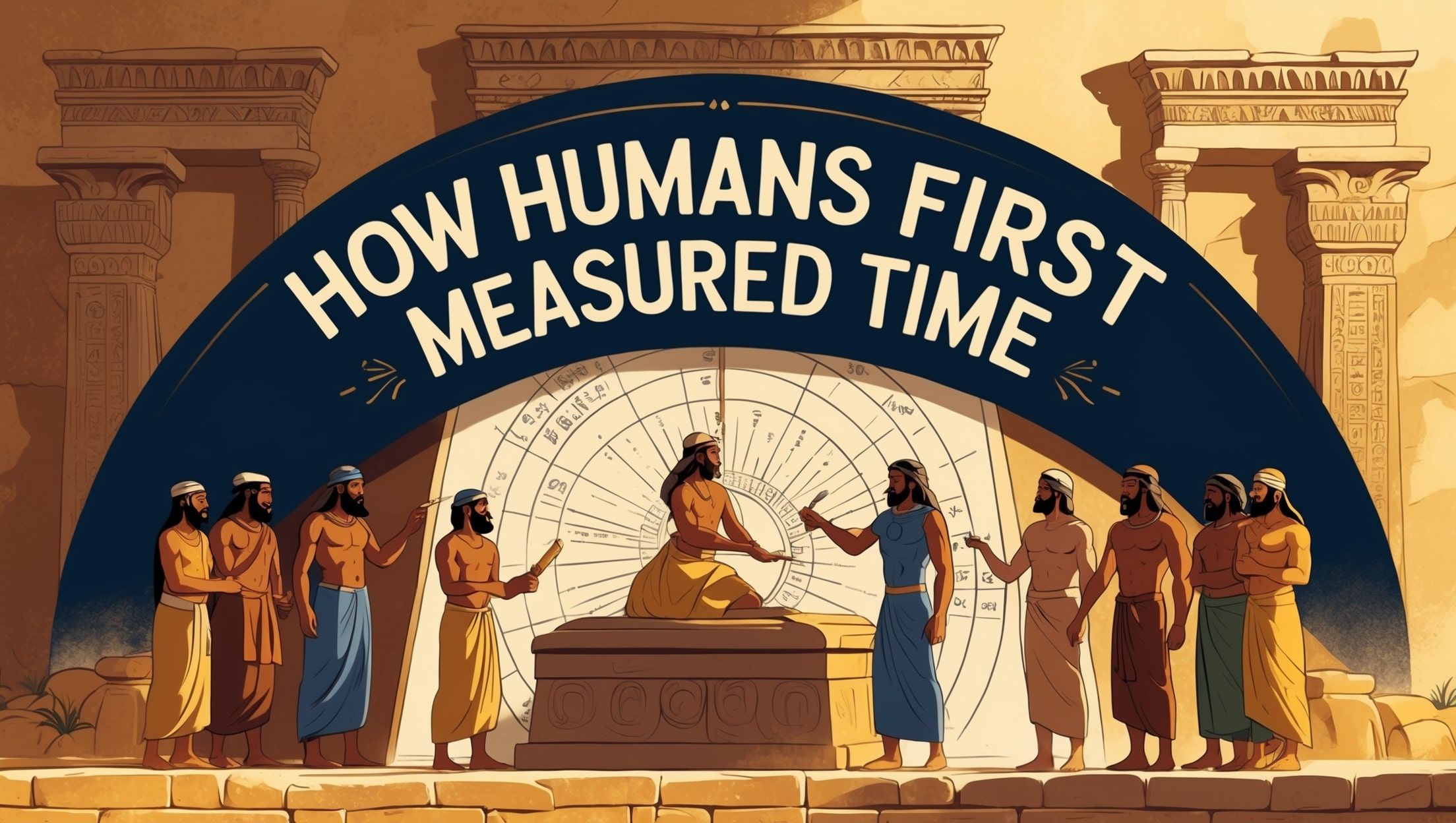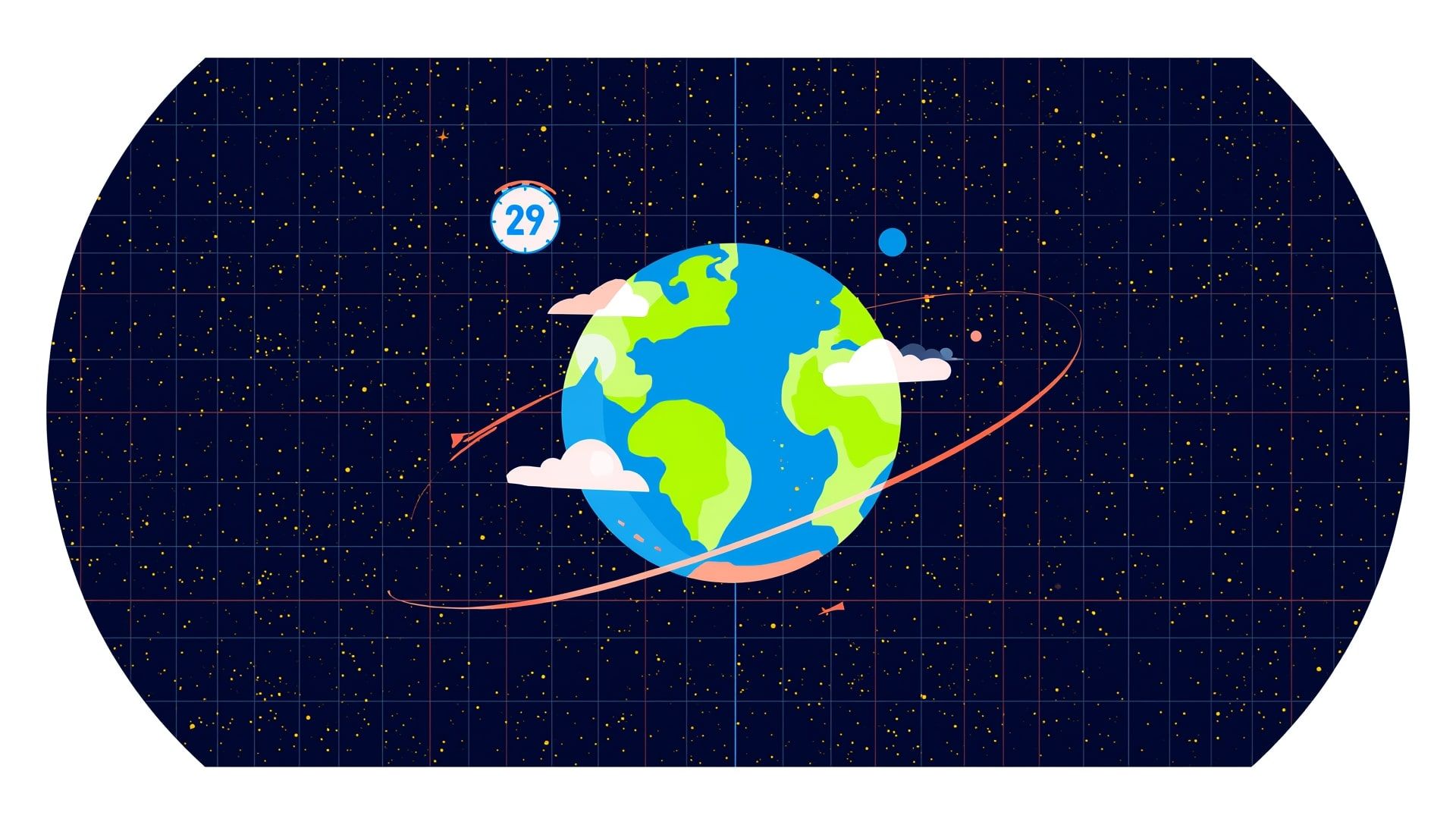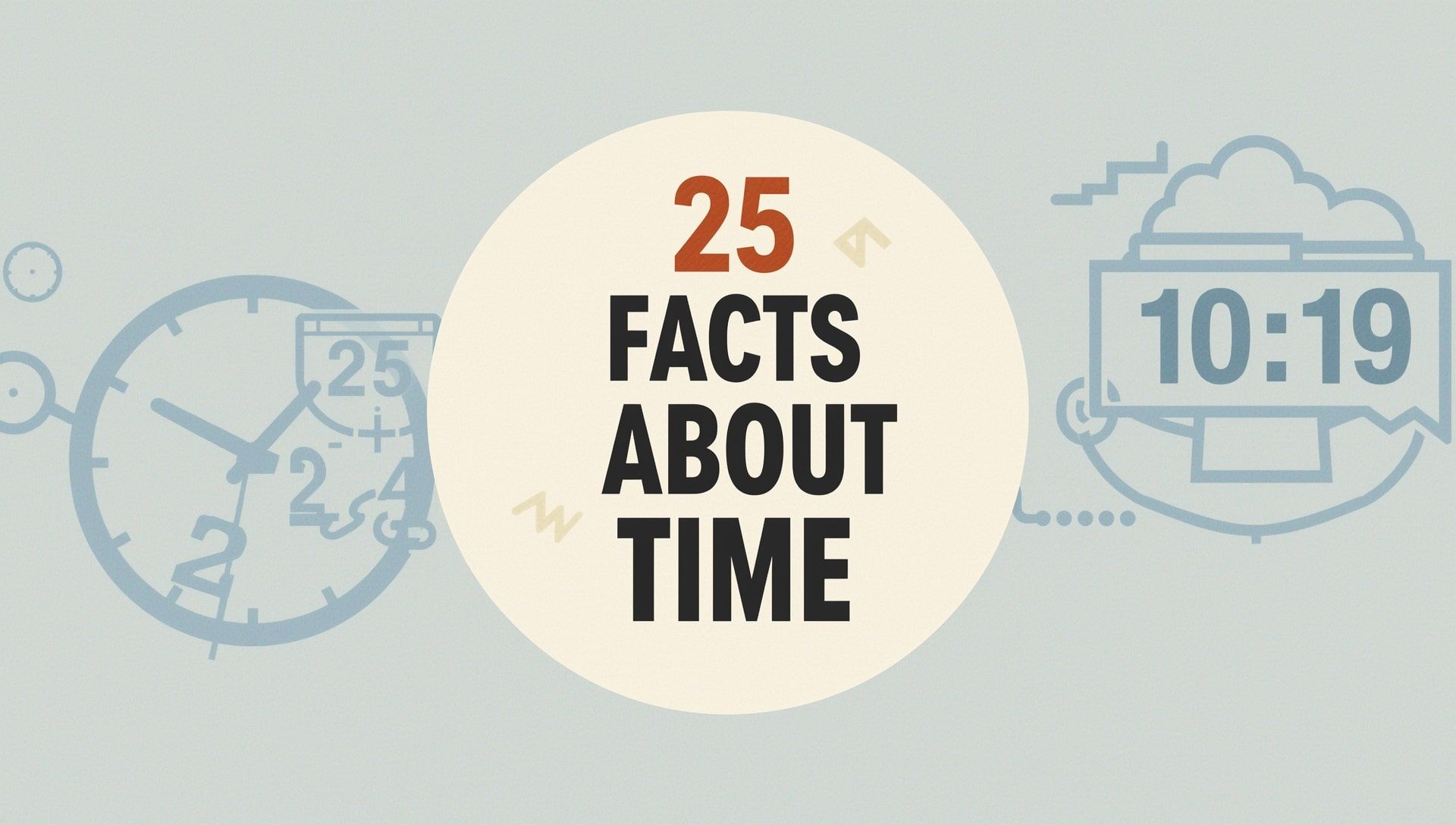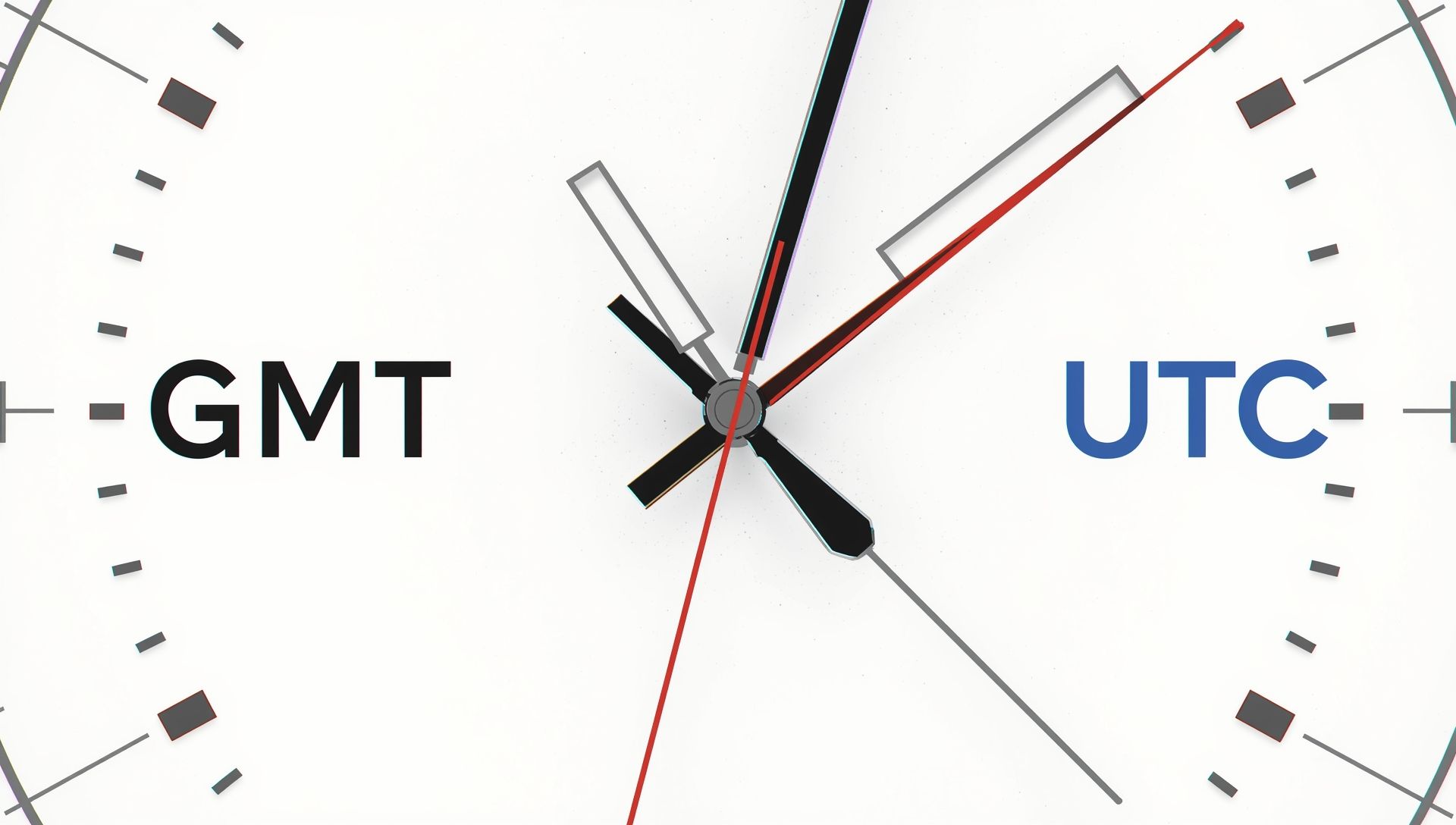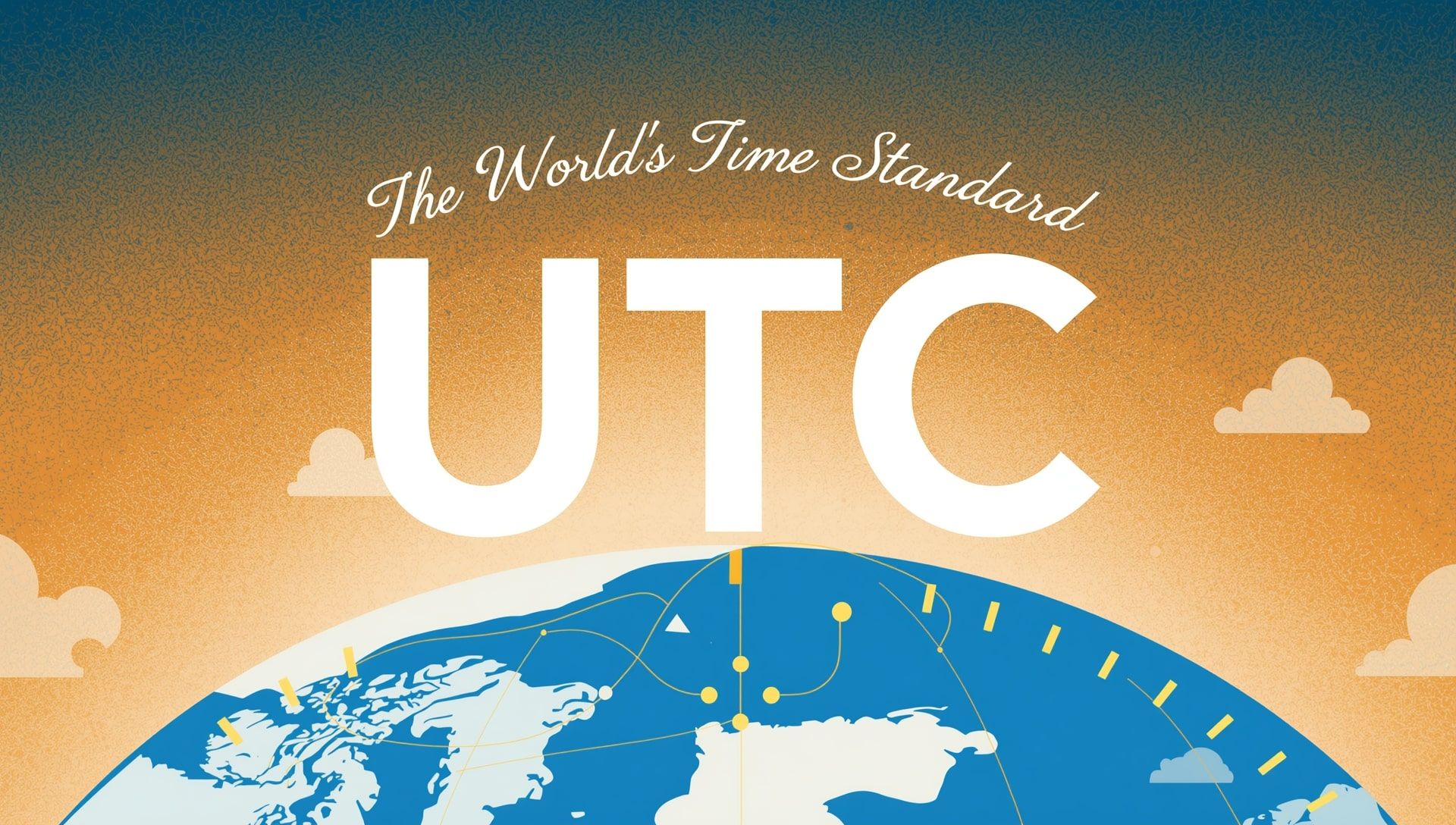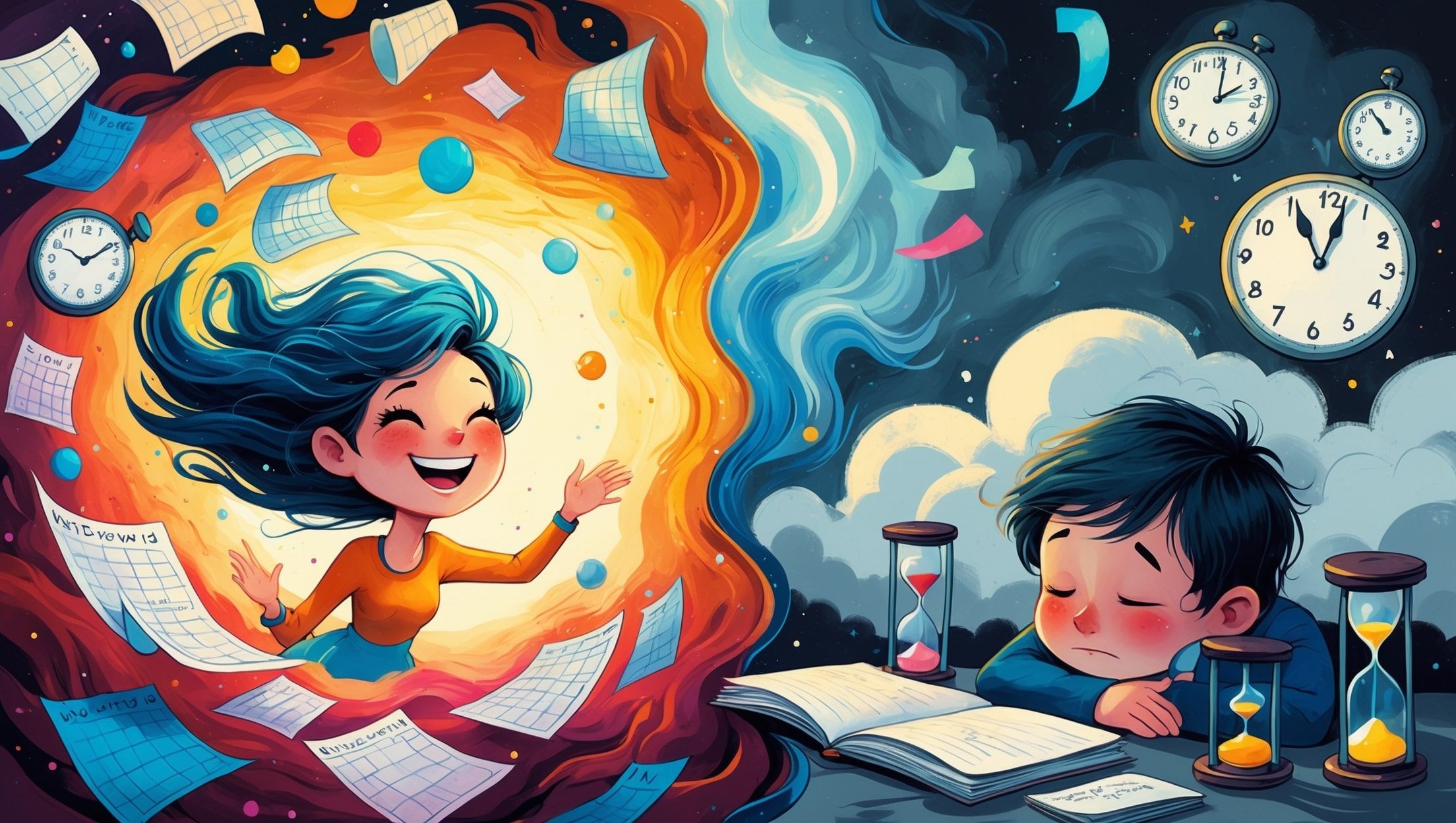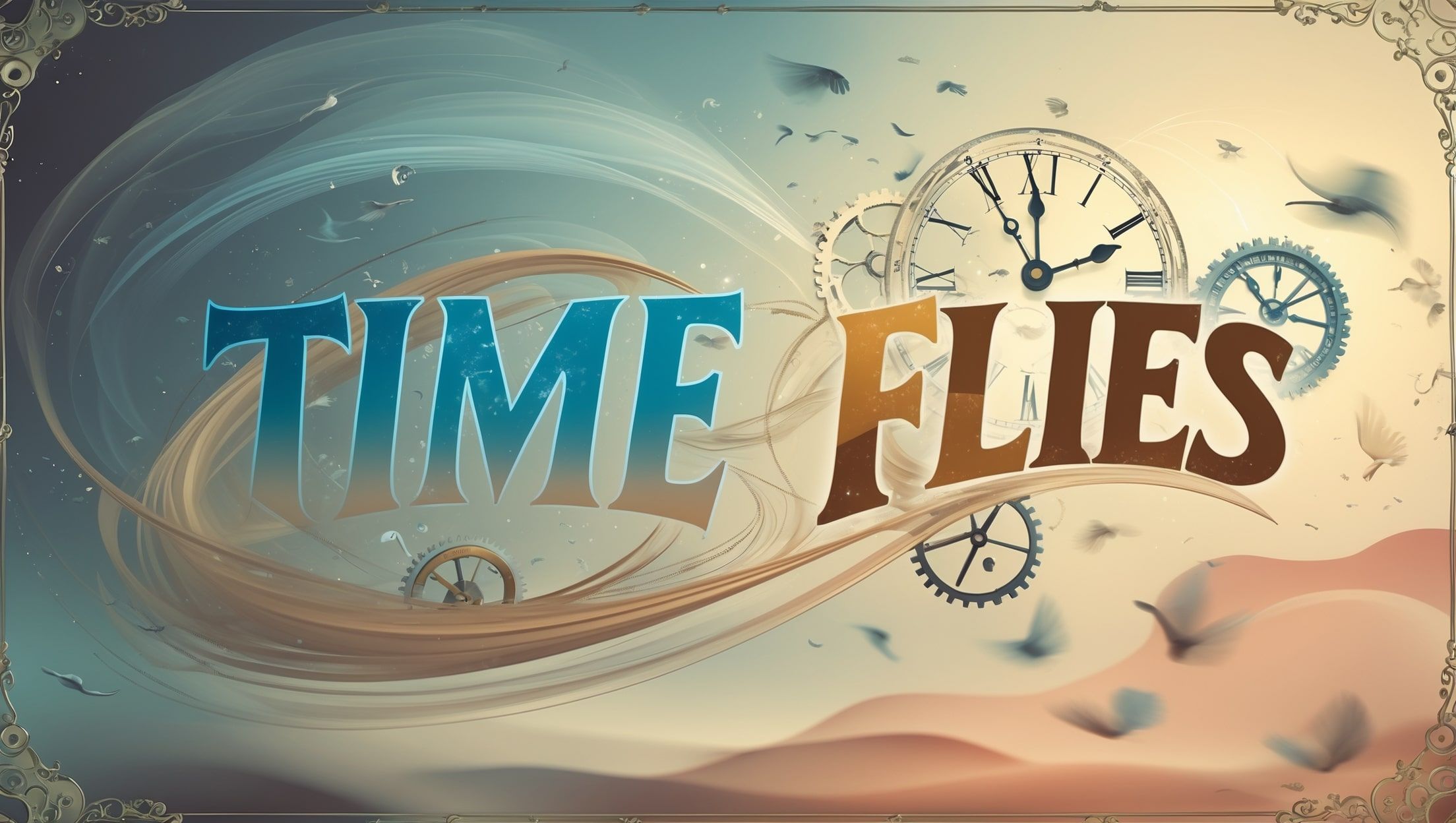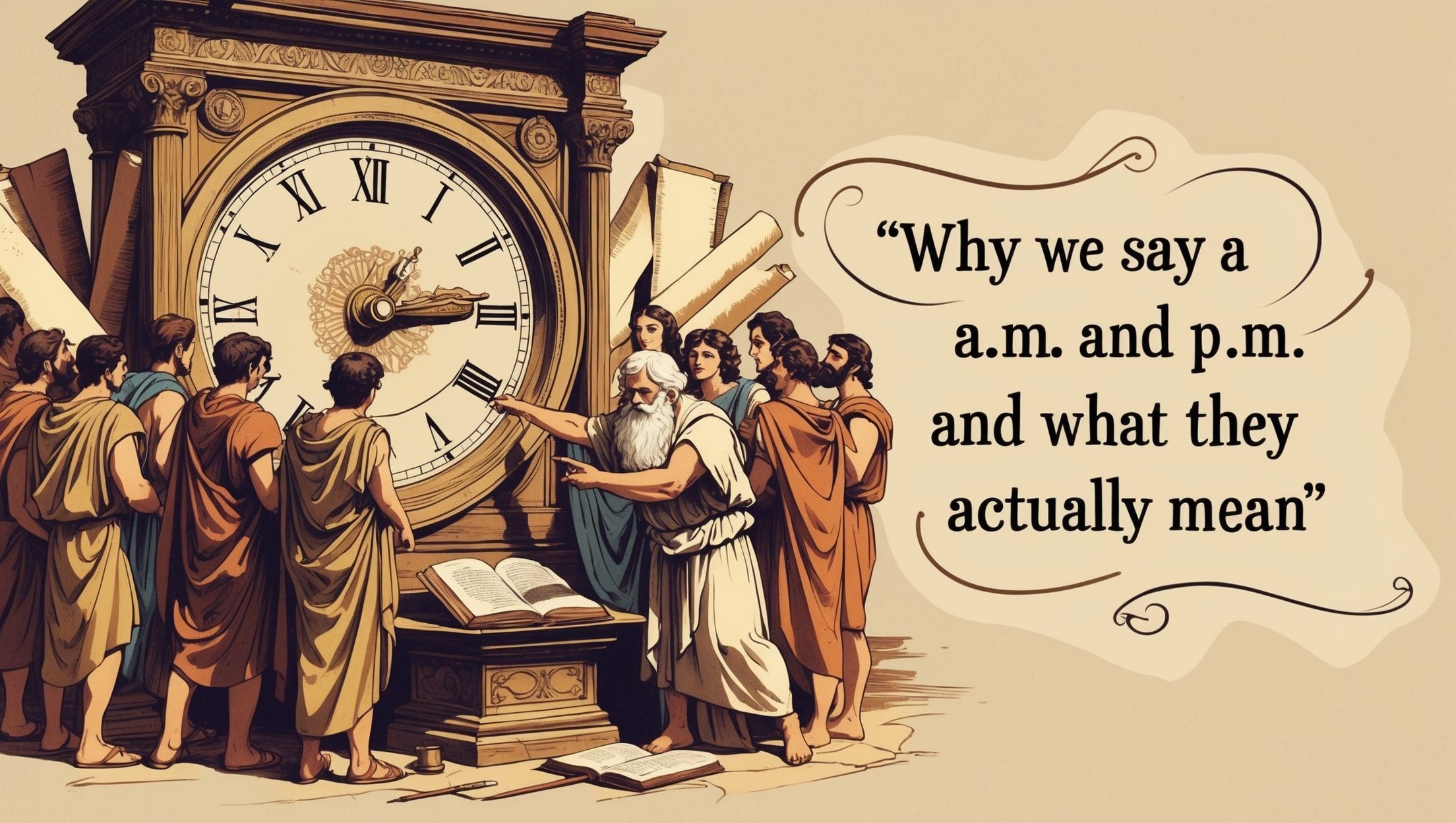You don’t need a smartwatch to feel time pass. You feel it when the light changes, when hunger kicks in, when shadows grow longer. Long before calendars, clocks, or time zones, people still had to know when to plant, hunt, gather, and rest. They watched the world around them and turned patterns into tools. That’s how measuring time began.
Watching the Sky for Clues
The earliest timekeepers didn’t build anything. They just looked up. The sun rising and setting gave shape to the day. The moon’s phases marked longer stretches. These patterns were reliable, easy to notice, and repeated without fail.
People started to track them. Not with tools, but with memory and story. Days became countable. Moons became months. Years were tied to the return of the same stars in the same spots.
Building the First Time Tools
Eventually, people began marking these patterns physically. That’s where things changed. Ancient structures like Stonehenge or Nabta Playa weren’t just rocks in a field. They lined up with solstices and star movements. They were calendars in stone.
Sundials came later. Early versions used a stick in the ground. The shadow told you roughly what time it was. More complex sundials followed, carved from stone or metal. These worked only in daylight, but they gave people a way to break the day into parts.
Water, Sand, and Fire: The Silent Tick of Time
Not every culture had sunny skies. Some needed different methods. That led to tools like:
- Water clocks: A slow drip of water marked equal amounts of time
- Sand timers: Inverted hourglasses used grains instead of drops
- Oil lamps: Measured by how far the oil burned down
- Marked candles: Burned at a predictable rate
- Incense clocks: Smoked through the night at known intervals
These tools helped mark hours, even at night. They were used in temples, courts, and homes. Some were portable. Some weren’t. But all of them broke time into countable pieces.
Why the Moon Played a Big Role
The moon’s cycle is hard to miss. About every 29.5 days, it goes from full to full. Early calendars were often lunar. People tracked “moonths,” not months. Many cultures still do. Islamic and Jewish calendars are examples of systems still rooted in moon cycles.
Lunar calendars made it easier to predict tides, migrations, and seasons. Some civilizations added solar corrections to keep things in sync. Others let their years drift with the moon alone.
The Year Was the Long Game
Tracking a year took patience. You had to notice long-term shifts: where the sun rose, how long the days were, what stars showed up at dawn. Over time, people marked these shifts with monuments or simple tools.
The Egyptians based their year on the heliacal rising of Sirius, which lined up with the Nile’s flooding. That helped them plan crops and rituals. Other cultures used seasonal changes like equinoxes and solstices as anchors for their year.
Early Calendars Were Local and Personal
Every region had its own sense of time. Calendars were based on local weather, animals, and stars. Timekeeping was less about numbers and more about survival.
What mattered most was knowing when to do something. When to hunt. When to sow. When to gather your people for something sacred. Precision wasn’t the goal. Rhythm was.
Why It Still Matters Today
We live by seconds now, but our roots are slower. The ways early humans measured time weren’t perfect, but they were connected to the world. They noticed patterns, shared knowledge, and passed down timing through generations.
Even now, with atomic clocks and digital calendars, we still respond to light, seasons, and cycles. Your body knows when morning feels wrong. Your mood shifts with the months. You still feel time the old way, even when you measure it the new way with modern timekeeping.
